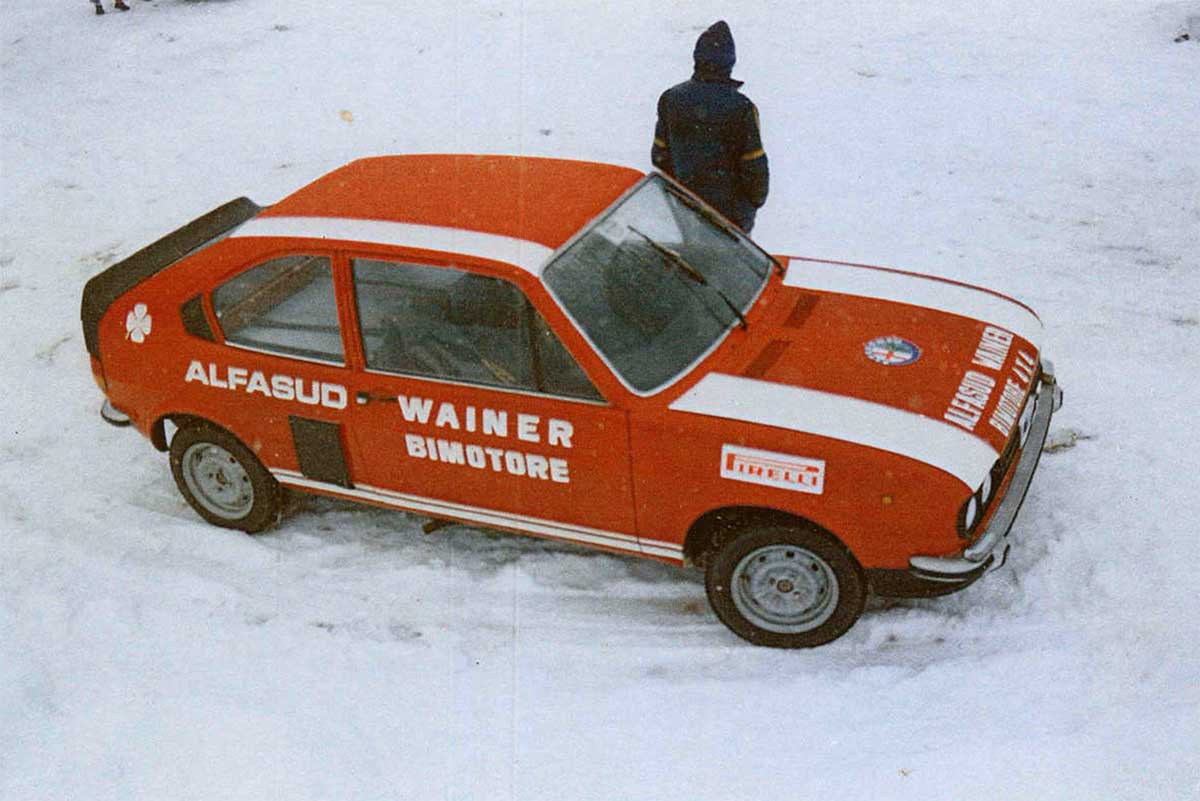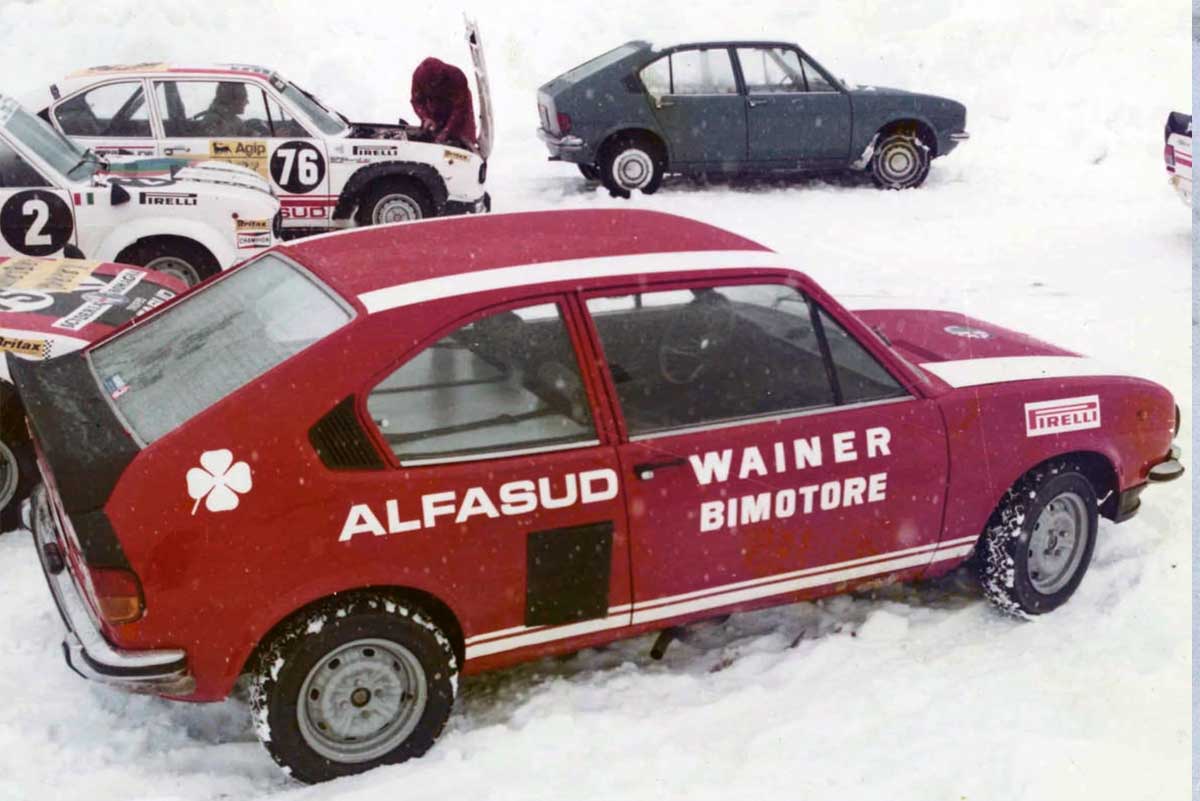
The Alfasud, produced between 1972 and 1984, had many variants, including the Sprint and QVs, but none as strange and daring as the "Wainer" 4×4. This car was originally designed by Gianfranco Mantovani, better known as "Wainer". This renowned Italian tuner had started out in the 50s with a Formula Junior and made a name for himself by building his own F3 single-seaters, powered by Fiat and Alfa Romeo. In the 70s, he approached Autodelta and was entrusted with an original project.

His ambition? To build an off-road racing prototype capable of taking on endurance events like the Targa Florio, or extreme rallies like the "Safari" and Paris-Dakar, competitions that were booming at the turn of the 70s and 80s. If Alfa Romeo already had a proven track record in rallying, with the Giulietta, Giulia GT and other Tubolare models, rally-raid was not really the playground for Milanese cars. In the 60s, Wainer had already designed a four-wheel-drive Fiat 500 for a South American friend. He had installed an engine at the front of the little rear-wheel-drive bombshell. Why not try the reverse?
The return of the Bimotore!
The basic chassis used is that of a 1974 Alfasud Ti 1200, which overturned Alfistas' habits by adopting front-wheel drive. The car's distinguishing feature is the presence of two 4-cylinder boxer engines of 1,186 cm³ and 79 hp each: one at the front, in its original configuration, and one at the rear, mounted in a central position.
The spirit of the 1957 Citroën 2CV Sahara, which was presented with two 425cc engines! Cooper also tried its hand at this in the 60s with the Twini, a twin-engined version of the Mini Cooper, which competed in the 1963 Targa Florio. Alfa Romeo is no stranger to twin-engine models, as witnessed by the the 16C single-seater designed in 1935. So, even though rallying had not yet experienced the revolution introduced by Audi in 1980 with its Quattro system, Wainer was dreaming of all-wheel drive!
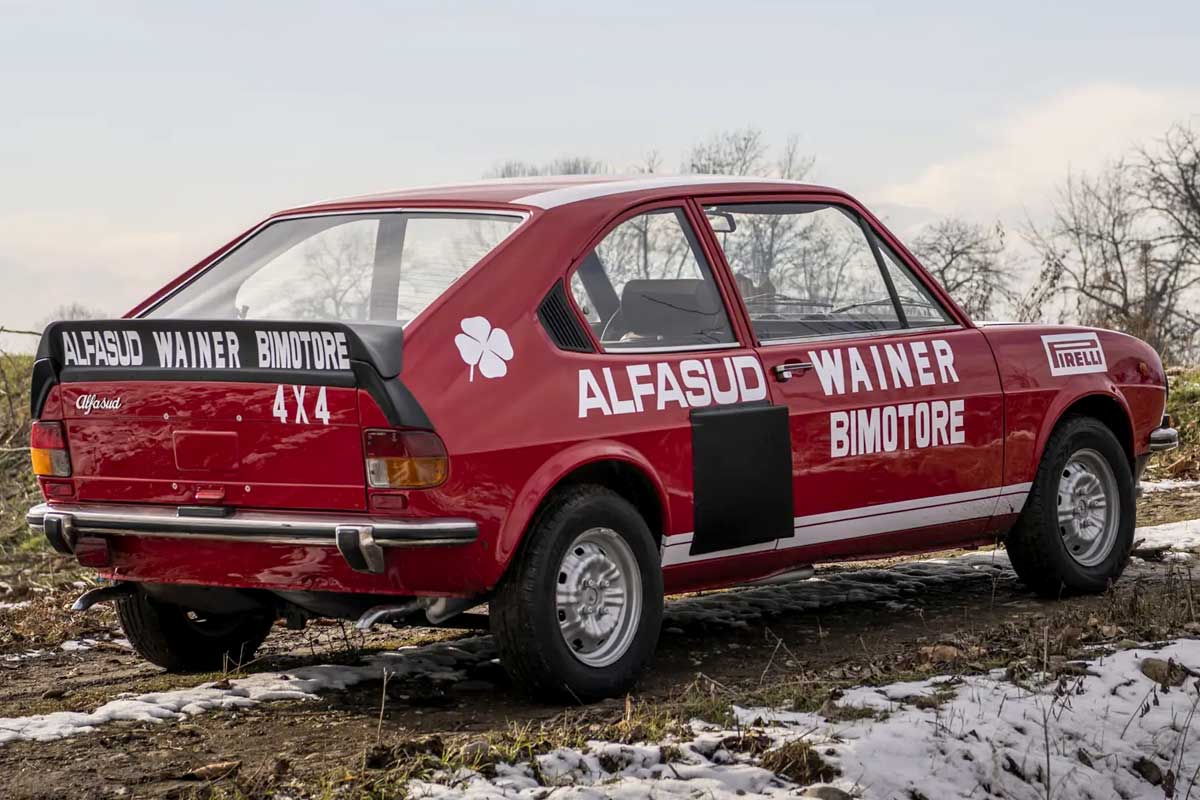
Double everything! (Or almost)
The second engine has replaced the rear seats: the rear bench has disappeared, and a removable cover provides access to the engine to facilitate maintenance, essential for long-distance racing. The fuel tank has been enlarged to around 80 liters to compensate for the simultaneous consumption of both engines. Two black side air intakes house two radiators with electric fans to cool the second engine, plus an additional oil cooler. Surprisingly, despite these major modifications, the overall appearance of the Wainer remains very similar to the original Alfasud!
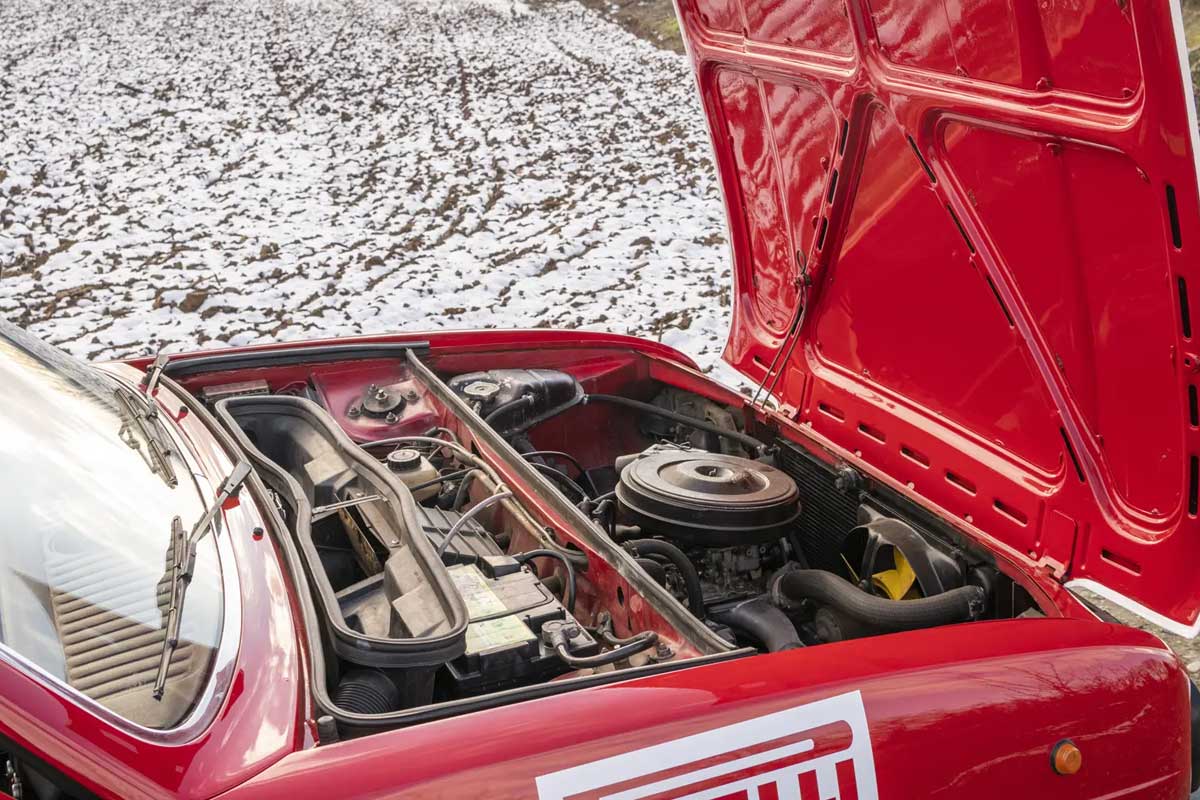
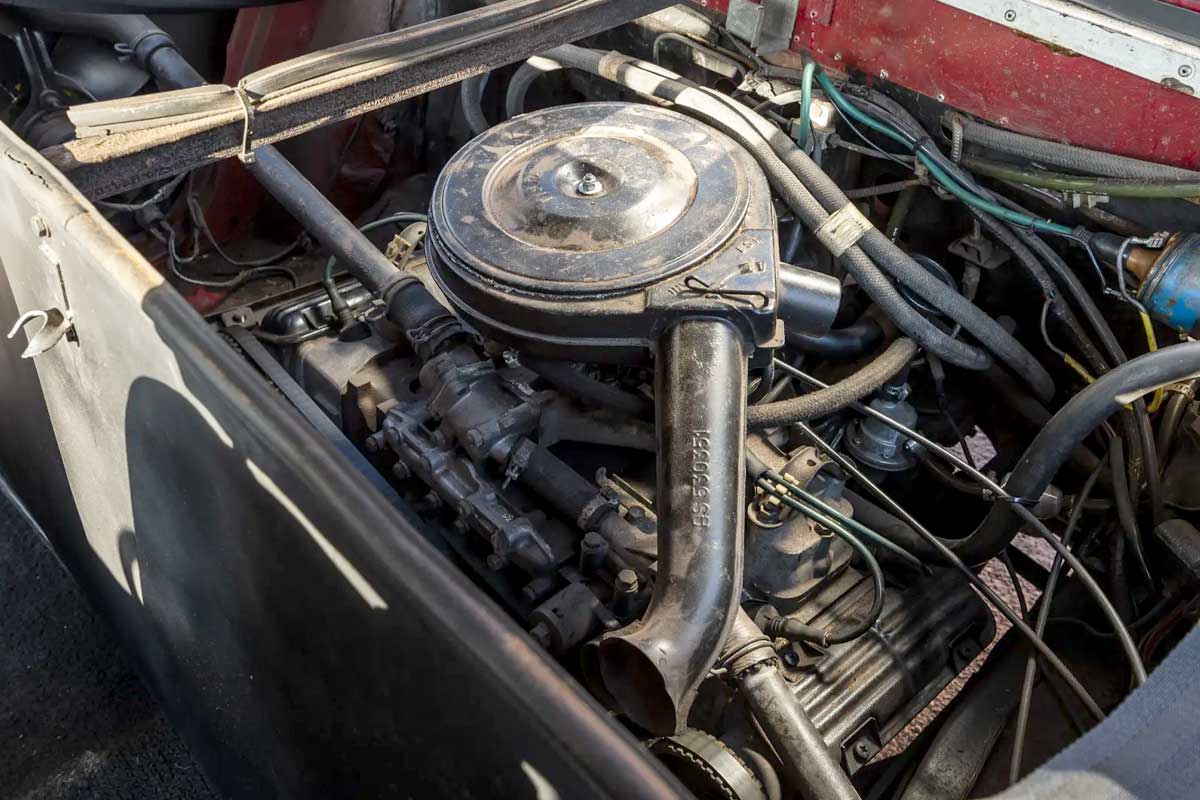

Each drivetrain was a self-contained unit with its own gearbox and differential, creating a highly unusual 4×4 system. MacPherson suspension and disc brakes were also used on both axles.
Both gearboxes are linked to the same central gearshift, and both clutches are operated by the same pedal. A separate exhaust system has been installed for the second engine, and the instrumentation has been doubled to allow control of both engines. The engines can be started separately, via buttons on the console marked "Ant" (for "anteriore", front) and "Post" (for "posteriore", rear).

Performance, but a technical system that's tricky to operate
The additional exhaust system was a complex task. As the manifolds were now oriented towards the front of the car, the exhaust pipes had to extend forward, before making a half-turn in the center of the car and then returning to the other side of the other exhaust.
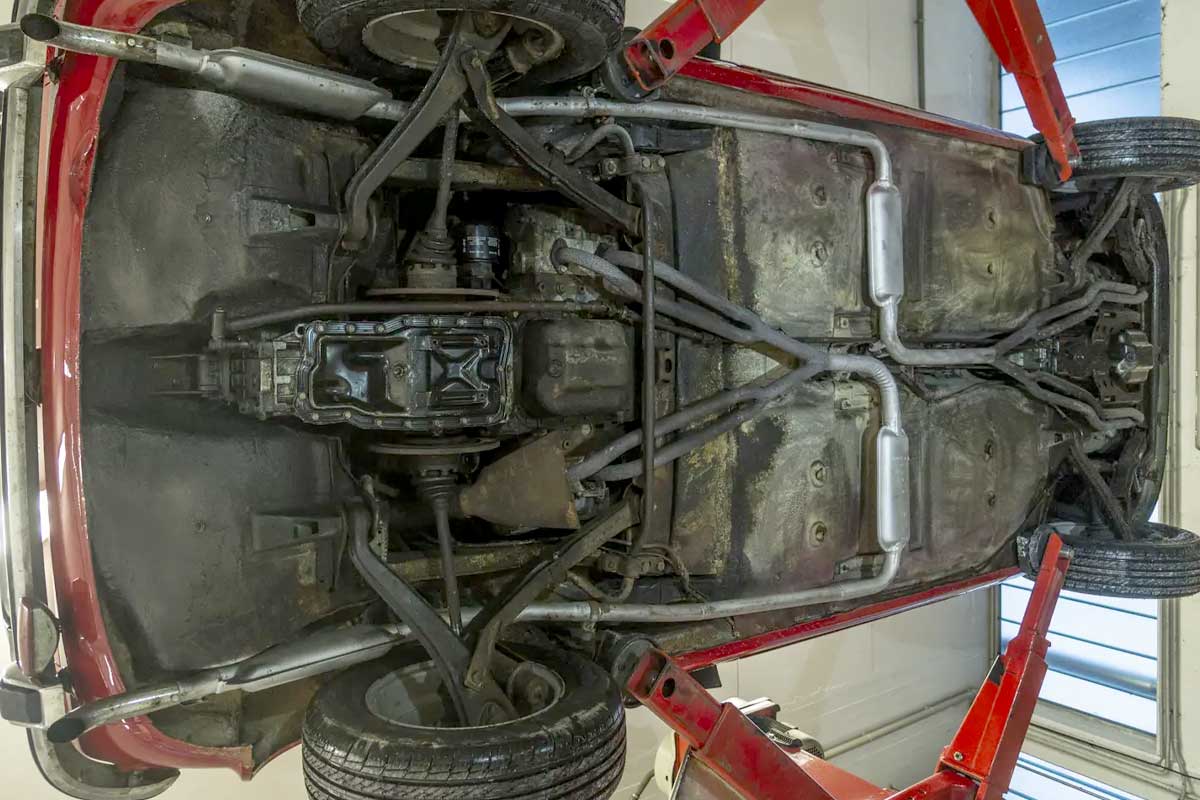
It was a tricky process: synchronizing two engines, two gearboxes and two clutches under the same control is no easy task. Although it was possible to run just one engine at a time, if the car was to move forward, both engines had to be running. The figures were impressive for such an atypical car: it promised acceleration from 0 to 100 km/h in around 8.2 seconds, and a claimed top speed of 215 km/h.
So, despite its bold design and potential, this twin-engined Alfasud was never entered in any major rallies. The mechanical and transmission system must have caused a lot of trouble! At most, we have photographs showing intensive testing in difficult, snowy conditions. It remained at the prototype stage, but escaped the scrap heap. The car was presented at an auction organized by RM Sotheby's in Paris on February 13, 2021, where it sold for €63,000.
